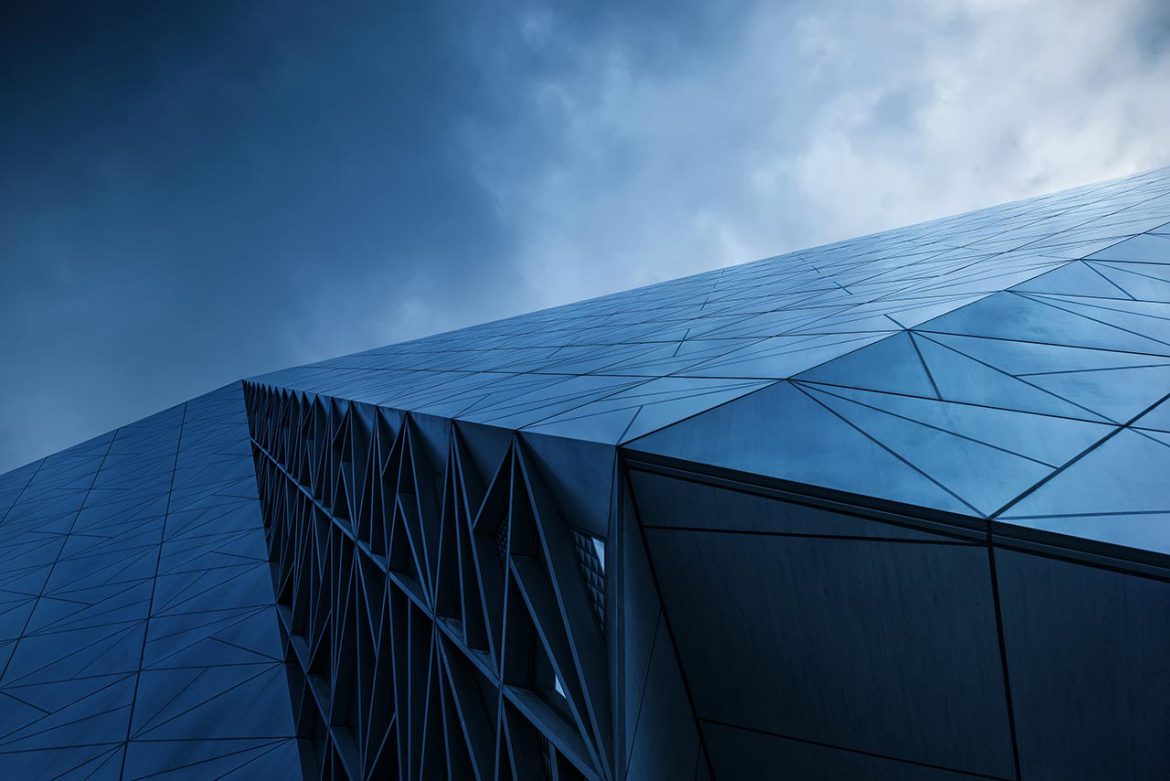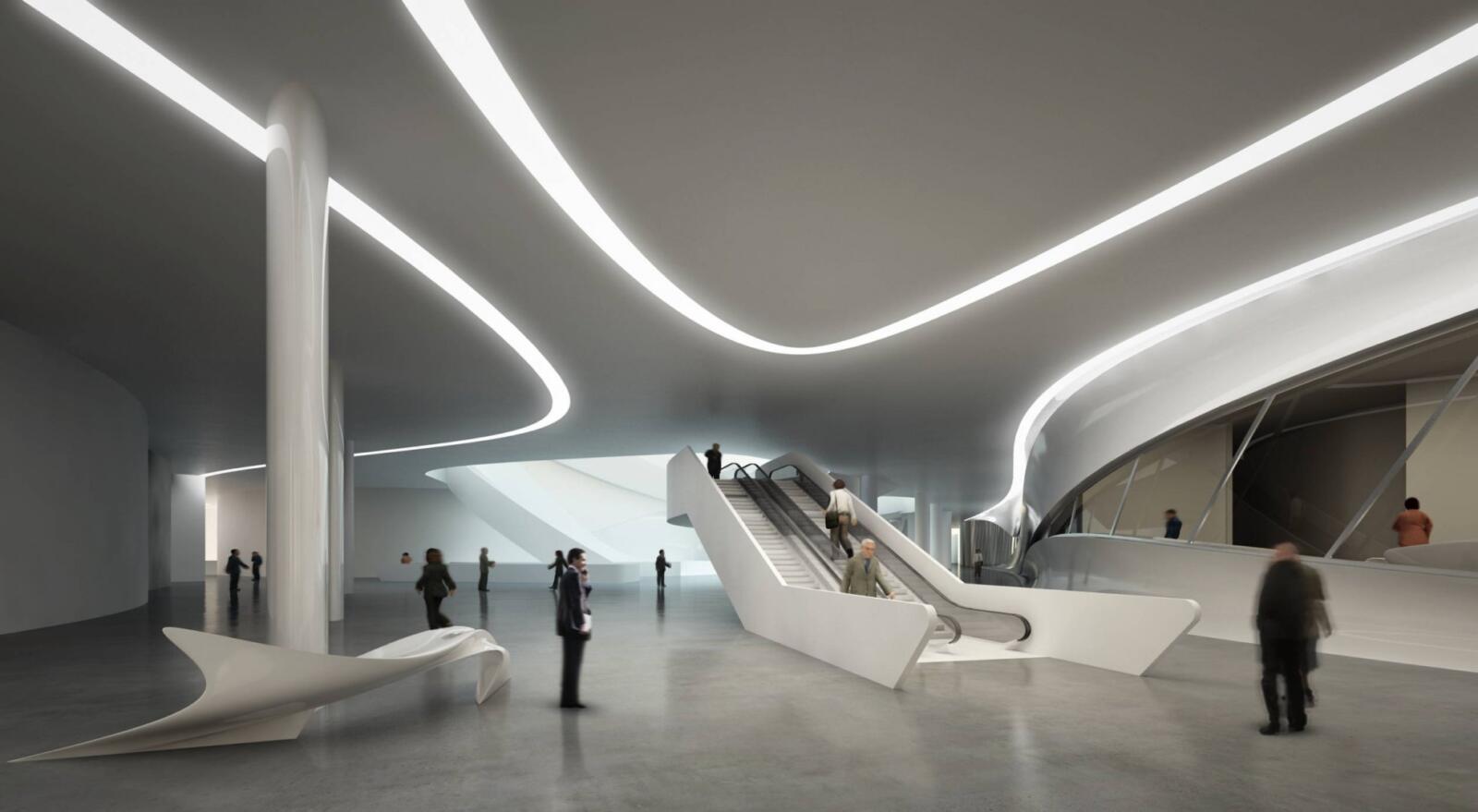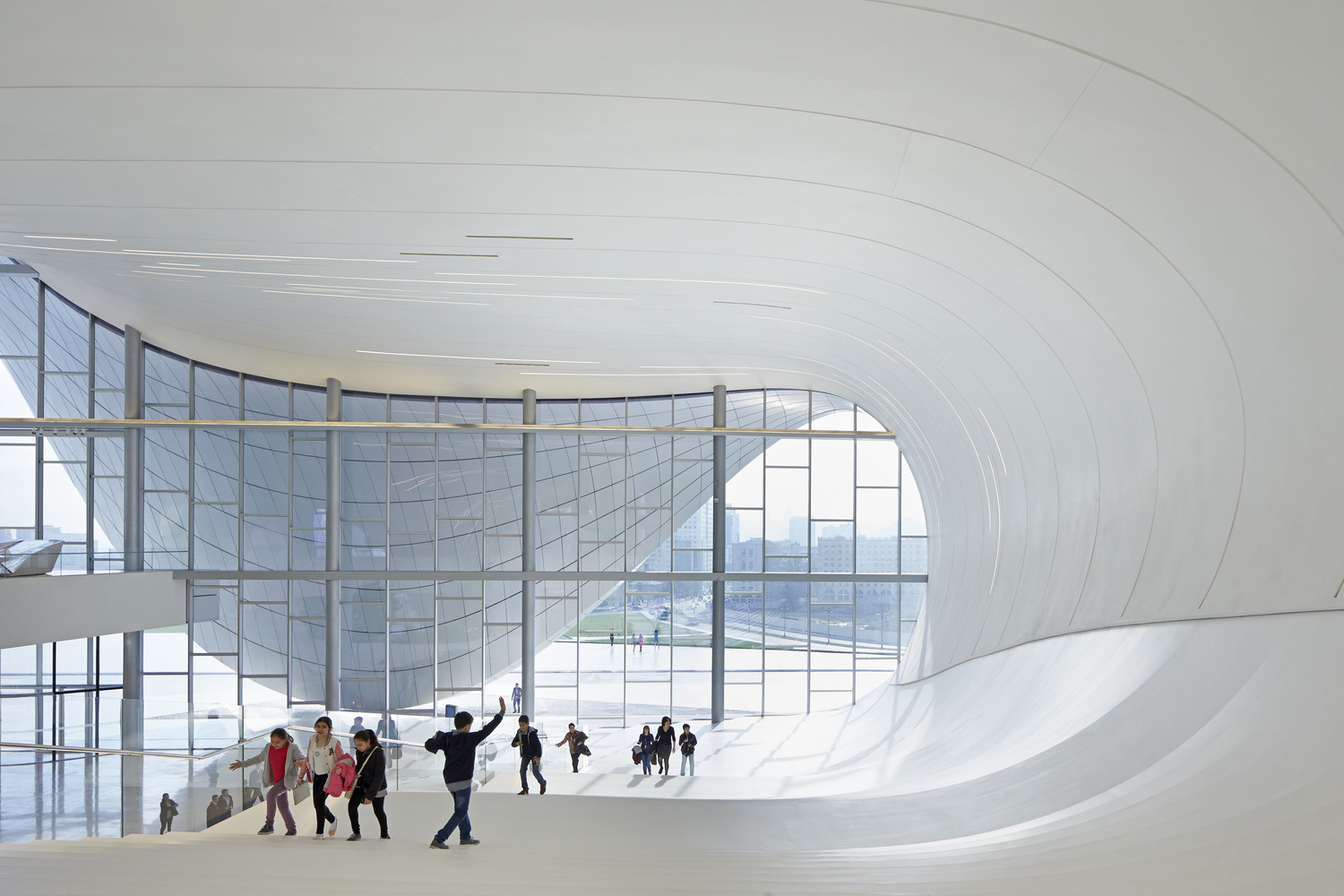EMC 2018 DAY 2 WRAP UP
A day of stimulating discussion and knowledge-exchange across a large variety of facets of the electronic music business day was had by Electronic Music Conference’s Day Two attendees, with hundreds [...]
Buildings have the power to determine how we feel, as well as how we function. Architects and builders would be wise to Inviting a psychologist to “pull up a couch” the drawing board to insure that the psychological effects of the built environment.
What does a depth psychologist find at an architectural conference? You might first ask, “What is depth psychology?” With its origins in the work of Freud and Jung, depth psychology seeks to know what lies below the surface of conscious awareness as revealed via creative acts, symptoms, dreams, ideas, and other non-volitional experiences. It also considers what is not said/done as well as what is said/done as a way of understanding the human psyche vis a vis the social and physical landscape of which we are all a part.
Architecture is the learned game, correct and magnificent, of forms assembled in the light.
Le Corbusier
Drawing on the insights of history, mythology, literature, anthropology, philosophy, and the arts, and using tools such a deep listening, dialoguing, narrative, and imagining, depth psychology offers multiple reflective and interpretive lenses.
Recognizing that the psychological effects and implications of architecture may be something which is considered, but not always given voice to, I attended various seminars with my depth psychological attuned ears wide open to find out if and how things psychological were discussed or not. My reflections are based solely on my experience of each particular seminar, are by no means exhaustive, and are not intended to be generalizable.

With a nod to Freud and Jung, I, pulled up my imaginary couch and put my first patient on it: the Kentlands’ seminar. Amongst other points, the presenter noted that the New Urbanists’ approach delineates what type of structure/structural elements fit well in particular contexts, which from a psychological point of view speaks to a group cohesiveness model.
Group cohesiveness of an informal group, such as a section of a neighborhood, varies
widely based upon shared values, goals, and level of interdependence. Curiously, one of the methods of strengthening group cohesiveness is having something/someone that does not fit well which is perceived as other and/or does not seem to contribute to the harmony of the group. Depth psychology would wonder, how this phenomenon is or is not factored in to the Transect model? Paradoxically, the architects and planners should plan to put in the “outsider” to hold the remaining community together.
Written by: admin
labelLATEST NEWS todayNovember 18, 2018
A day of stimulating discussion and knowledge-exchange across a large variety of facets of the electronic music business day was had by Electronic Music Conference’s Day Two attendees, with hundreds [...]

labelDesign todayAugust 14, 2019

labelDesign todayAugust 14, 2019
Subscribe now and receive regular updates on all EMC news, announcements and events
EMC acknowledges the traditional owners of the land on which we work; the gadigal people of the eora nation. We give respect to elders past, present, and emerging and extend those respects to the first nations peoples of nNSW and beyond.
© Copyright Electronic Music Conference PTY LTD 2022
Post comments (0)